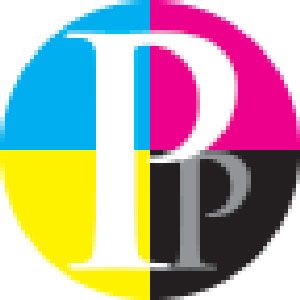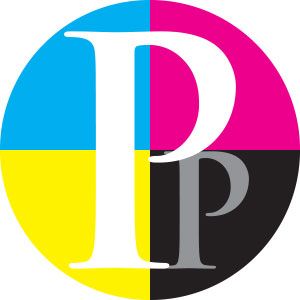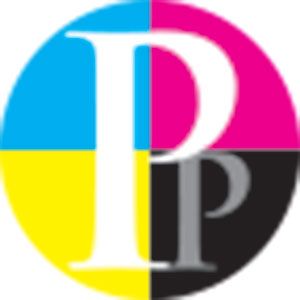Images

Graphics or Links
Graphics or Links is an artwork element that is used in the document that may need to be sent with the native files. Save all elements in CMYK color mode not RGB, colors on the screen will shift somewhat in the conversion (e.g. blue on the screen will be bright blue but when converted to CMYK it will be duller and may turn to purple.) The Pantone book will provide several colors that are achievable in CMYK and will give you a good reference of what the final print will look like. (See Color Setup for more information.)
Resources
Resources is another name for all graphics files and fonts that are used in the original layout program. These images, links, and fonts should be included with native files. (e.g. InDesign, Quark) If files are not included, low res screenshots will be included in the document, and most likely we will be contacting you about the low quality.
Image Types
Image Types or artwork elements that are pictures, drawings, backgrounds, or logos used throughout a project that are not text. These images can be two types of basic illustrations. They can be two types of files Raster (photos) or Vector (scalable line drawings).
Raster vs. Vector
Raster images consist of non-scalable pixels or dots that will blur when enlarged too much and can appear grainy or blurry on the press.
Vector graphics consist of actual mathematical line formulas that can be scaled without losing any clarity.
Image Resolution
All “raster” images need to be provided at a minimum of 300 PPI/DPI for good print quality on final project. Make sure that Raster Effects that may have been used in an Illustrator file also be set to 300 dpi. Although PPI and DPI are related they are referring to different ways to measure aspects of the image provided. (Pixels Per Inch or Dots Per Inch) Both terms are somewhat interchangeable and commonly used in the print industry to reference the amount of information an image holds. The higher the resolution the better the quality of the final piece.
PPI vs. DPI
PPI or Pixels Per Inch is used to measure the number of squares (pixels) per linear inch on the screen that the image holds. These pixels are converted in-house by the printer to dots for reproduction purposes. The PPI measurement can be the same as DPI but is always recommended to be 300ppi for high-quality commercial print.
DPI or Dots Per Inch is typically used to describe the number of physical dots per linear inch put down by the printer on the printed piece. This amount of Press Dots printed per linear inch is controlled in-house by the printer. These press dots create the illusion of the intended colors with only 4 inks being used. The dots are also limited by the equipment the project will be reproduced on. The DPI measurement is anywhere from 300dpi to 1200dpi, although on most projects, 300dpi is recommended for the best quality.











